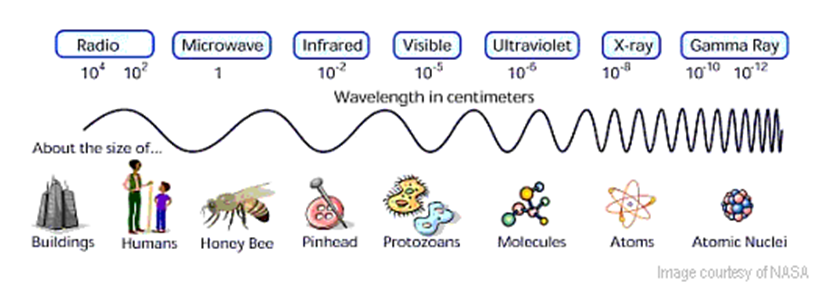CURRENT AFFAIRS
Get the most updated and recent current affair content on Padhaikaro.com
What is UV-C technology?
- IAS NEXT, Lucknow
- 23, Nov 2021

UV-C water purification is one of the most effective methods to disinfect water. In this technique, special “germicidal” UV-C lamps, emitting high-intensity ultraviolet light purifies the water without the use of harsh chemicals that are harmful to the environment.
What is UV radiation?
UV radiation is the portion of the Electromagnetic spectrum between X-rays and visible light.

The most common form of UV radiation is sunlight, which produces three main types of UV rays:
- UVA.
- UVB.
- UVC.
Key facts:
- UVA rays have the longest wavelengths, followed by UVB, and UVC rays which have the shortest wavelengths.
- While UVA and UVB rays are transmitted through the atmosphere, all UVC and some UVB rays are absorbed by the Earth’s ozone layer. So, most of the UV rays you come in contact with are UVA with a small amount of UVB.
How is it being used?
UV radiations are normally used to kill microorganisms.
- Particularly, UV-C, also known as Ultraviolet germicidal irradiation (UVGI) is a disinfection method that uses short-wavelength ultraviolet light to kill or inactivate microorganisms by destroying their nucleic acids and disrupting their DNA, leaving them unable to perform vital cellular functions and stops their replication.
- UVGI is used in a variety of applications, such as food, air, and water disinfection.
Is it safe for humans?
Researchers noted that the device was specifically developed to disinfect non-living things. Therefore, UV-C radiation used in this device could be harmful to the skin and eyes of the living beings.